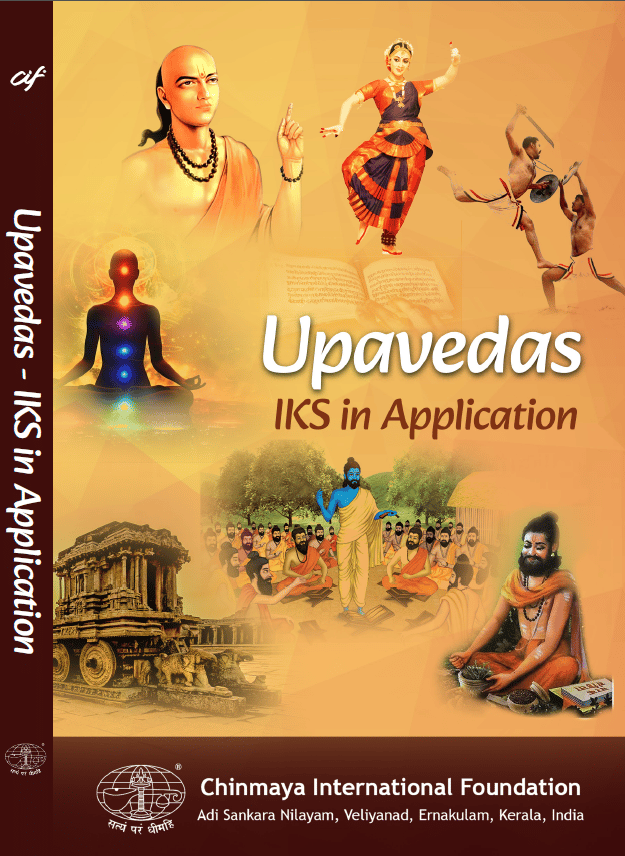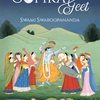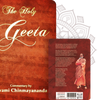Compilation - Chinmaya International Foundation
Upavedas: IKS in Application is backordered and will ship as soon as it is back in stock.
Couldn't load pickup availability
Make a bulk order enquiry
Product Description

Inspiring Right Living

Rooted in Wisdom

An Offering of Love

Product of Bharat
Product Description
Upavedas, collectively referring to the applied sciences, represent the practical dimensions of the Indian Knowledge Systems (IKS). These Upavedas are also an integral part of the a???da?a-vidy?sth?na (eighteen domains of knowledge), which form the core of the Vedic knowledge corpus. They comprise highly specialised texts covering various disciplines: Life Science (?yurveda), Warfare (Dhanurveda), Performing Arts (G?ndharvaveda), Architecture and Illustrative Arts (Sth?patyaveda), and Statecraft and Politics (Artha??stra).
Upaveda is an introduction to the pragmatic and functional aspects of IKS, tailored for novices and beginners. It presents fundamental concepts from each Upaveda in a clear and accessible manner to enhance understanding. Additionally, the book features vibrant illustrations, engaging short stories, intriguing facts in the ‘Do You Know?’ section, hands-on ‘Do It Yourself’ exercises, and concept maps summarising each chapter. These elements collectively offer readers a comprehensive insight into the five Upavedas that have significantly shaped the Indic civilisation and its cultural heritage.











